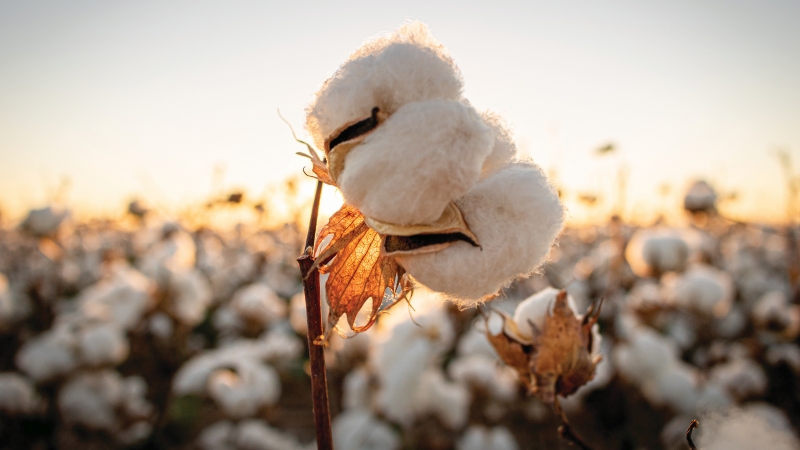What’s in the Precision Pipeline?
FOR SEVERAL YEARS, cotton producers have been utilizing applications that use global positioning system (GPS) technologies, including variable rate fertility programs, auto-steer tractors, and on/off control of sections of their sprayers and planters. Applications of GPS-based technologies will continue to change the way cotton is managed, and much of that change will be facilitated by wireless technologies.
Cotton Incorporated recently funded research at several universities to evaluate the ease of use and dependability of wireless sensor systems to monitor irrigation needs under different production environments. Those studies indicate that wireless technologies based on existing cellular data systems are becoming reliable enough to provide data to support agricultural management decisions. A number of commercial systems now available allow a farmer to monitor water conditions in real-time across the farm. Much of the sensor technology has been available for more than ten years, but wireless access to the sensors has been a game changer.
Over the next five years, the impact of cellular data is going to extend throughout the production season. Tractors are now coming from the factory with cellular modems installed, providing the ability to pass data like yield and application maps from the farm office to the field. No more taking a memory card from the computer to the tractor – or driving ten miles to the cotton picker – to download a yield map. This will now happen in the background while the machines operate in the field.
The impact of wireless data communication will also extend beyond the farm. We already see use of smart phones to log modules in the field and let the gin know they are ready for pick up. In the near future, we will see more data transmitted from the field to the gin, insuring the quality of cotton is protected. Local weather records at harvest can be used to predict the moisture content of harvested cotton. That, in turn, could alert the gin of high moisture modules needing immediate attention.
Another gin-related example would take advantage of work Cotton Incorporated is coordinating with the USDA, ARS, University of Arkansas, Texas A&M University and others to develop a quantitative index that rates the potential of a variety to have a high (poor) leaf grade. Since the variety of cotton in the module will automatically be transmitted, ginners will know – especially in a year prone to bad leaf grades – if more intensive cleaning is needed for that variety.
Other technologies to simplify and enhance precision management are also coming. Advances in Unmanned Aerial Vehicles (UAV) are reinvigorating field imaging work with use of small, remote control airplanes that have the ability to fly predetermined paths without a highly skilled operator. Previously – in addition to the need for a skilled operator – a barrier to UAV use was the time needed to stitch together the large number of images needed to cover a field. Today, ever increasing computer power allows images from low altitude UAVs to be processed and delivered in hours instead of days.
A common challenge in precision management is what to do with all the data. With enhanced computer power comes more sophisticated approaches to integrate data from UAV images, soil and yield maps, and other sources into a management decision, including ways to fuse data into management zones for different inputs. Don’t expect to run the farm from your desk in the near future, but do keep up with your yield maps. They have value today and will be even more valuable in the next three to five years.
Ultimately, several technologies are going to make precision management easier, less time consuming, and allow U.S. cotton producers to continue their rapid increase in production efficiency.









